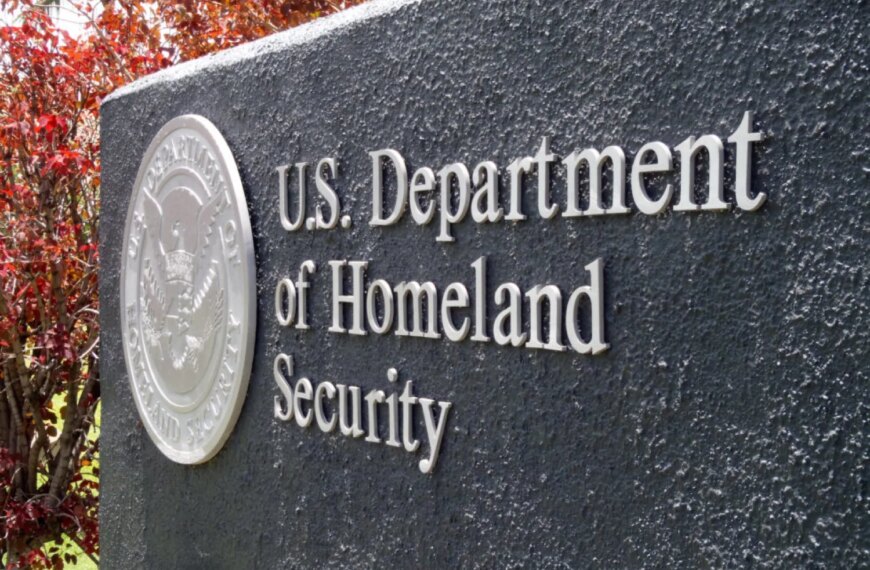Overview of Syrian Returnees
The ongoing conflict in Syria has resulted in one of the largest humanitarian crises in recent history. As reported by the United Nations High Commissioner for Refugees (UNHCR), over 2 million Syrians have returned home since the peak of the civil war. This trend of repatriation raises various questions about the conditions within Syria and the implications for both the returnees and the countries they left behind.
Reasons Behind the Return
Several factors have motivated these returnees to go back to their homeland:
Challenges Faced by Returnees
While many are eager to return, the journey home is fraught with challenges:
International Community’s Role
The international community has a crucial role in addressing the needs of returning Syrians. Various organizations, including the UNHCR, are working to provide support in the following ways:
Future of Syrian Refugees
The question of whether more Syrians will return home remains uncertain. Factors such as the stability of the region and the willingness of the international community to support reconstruction will play crucial roles. The situation is further complicated by ongoing discussions around immigration policies in various countries, including the United States.
US Immigration Context
As discussions around immigration reform continue, the plight of Syrian refugees is often included in broader conversations. For instance, the USCIS office locator is an essential tool for refugees seeking information about immigration processes. The Advance Parole news has also been critical for individuals who need to travel for urgent family matters or humanitarian reasons.
Importance of Humanitarian Programs
Humanitarian parole programs, such as those recently introduced for Venezuelan migrants, may serve as a model for addressing the needs of Syrian refugees. The DHS humanitarian parole initiatives aim to provide temporary refuge for individuals facing extraordinary circumstances, highlighting the ongoing necessity for compassionate immigration policies.
Conclusion
The return of over 2 million Syrians to their homeland is a significant step in the long journey toward recovery for the war-torn nation. However, the complexities involved in their reintegration cannot be understated. As the international community continues to monitor and support these efforts, it remains essential for policymakers to consider the humanitarian implications of immigration policies, ensuring that they provide pathways for those in need while also addressing broader security and economic concerns.
In summary, while the return of Syrians is hopeful, the challenges ahead require concerted efforts from both national governments and international organizations. The situation remains dynamic, and ongoing attention to immigration news is crucial for understanding the broader implications for displaced populations worldwide.










